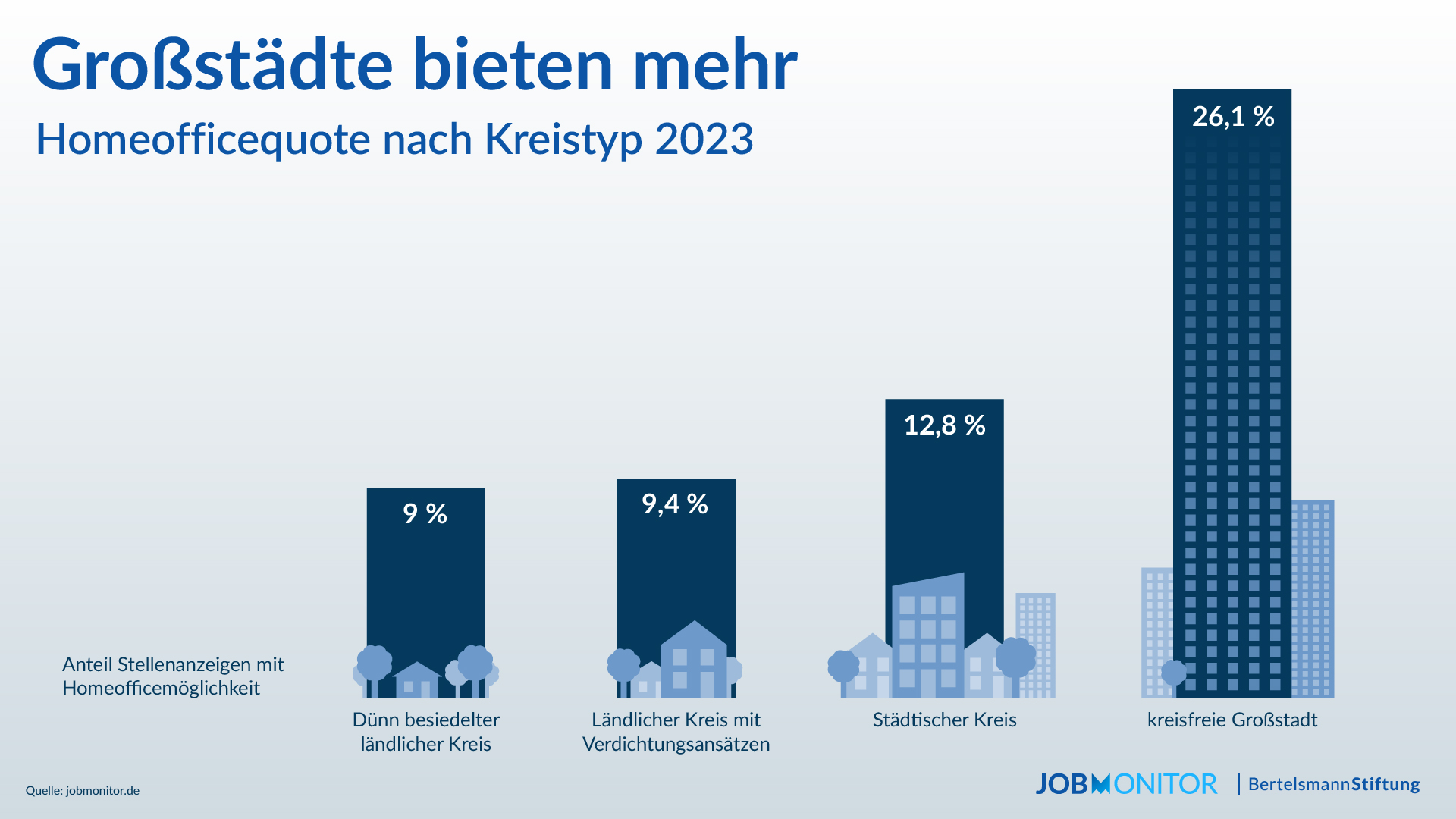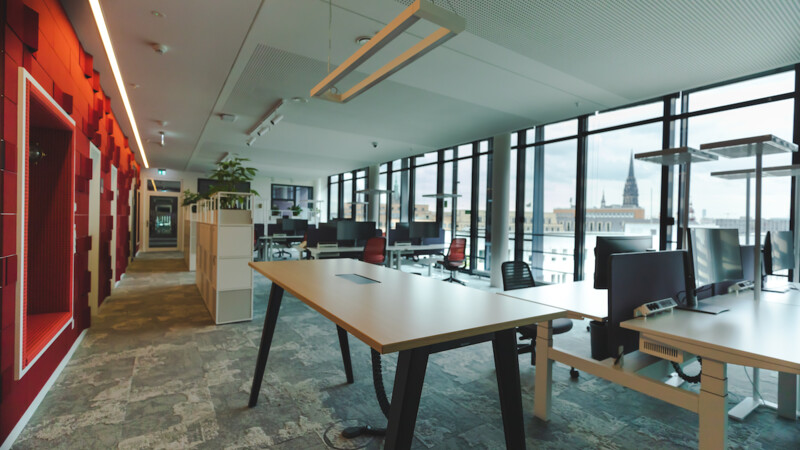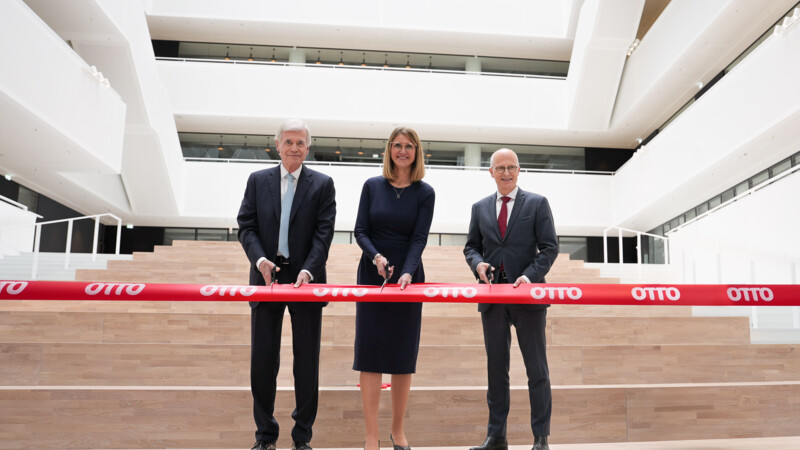"Anyone who thought that people would simply return to the office after COVID-19 must realise that remote working has become established in many industries. It is also becoming an important argument in the battle for skilled labour," said Gunvald Herdin, an expert at the Bertelsmann Stiftung. Since 2019, the share of job advertisements with remote working opportunities rose nationwide from 3.7 per cent to 17.6 per cent in 2023 and jumped to over 20 per cent in specialised professions.
The City of Hamburg achieved an above average remote working rate of 28.7 per cent in 2023 unlike the national average of 17.6 per cent. A total of 55 million online job advertisements including the share with a remote working option were analysed for the national survey by the Bertelsmann Stiftung's Job Monitor. Hybrid models remain an integral part of the modern work place even after the pandemic.
More flexible working models since 2019

Remote working booming in big cities
A clear urban-rural divide emerged with a 26.1 per cent share of remote working in district-free cities. This percentage is nearly three times higher than the 9 per cent in sparsely populated rural districts. However, the growing number of people working remotely is also making rural regions more attractive. "Fewer and fewer people have to move to urban centres for their jobs. This is an opportunity for rural areas to retain people in the region or win them back," Herdin stresses.

Hamburg well positioned in terms of remote working
While Düsseldorf (34.1 per cent), Frankfurt am Main (33.6 per cent) and Stuttgart (32.9 per cent) achieved the highest rates, Hamburg (28.7 per cent) outperformed Kiel (23.2 per cent) and the Berlin region (28.2 per cent). The city thus has an an above-average position among district-free cities. Hamburg-based companies such as the Otto Group and other corporations are turning their offices into hybrid working environments.
fw/kk/pb
Sources and further information
More
Similar articles

Microsoft's new offices in Hamburg for hybrid working

Companies need to heed stress caused by remote working

